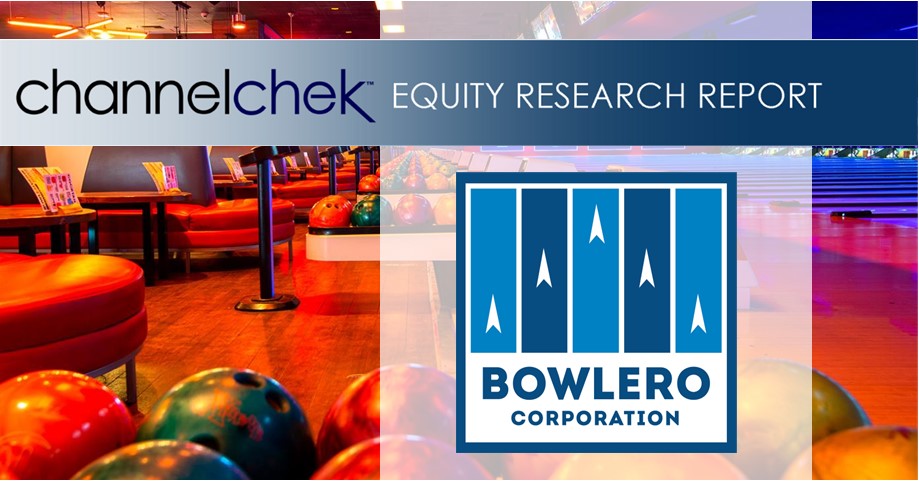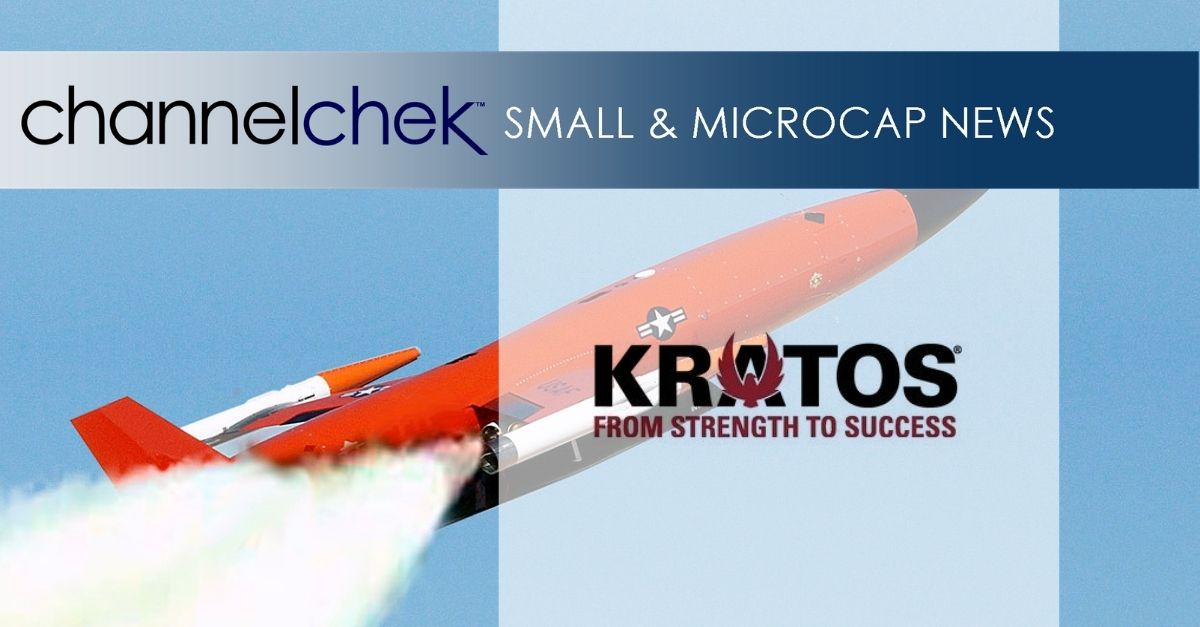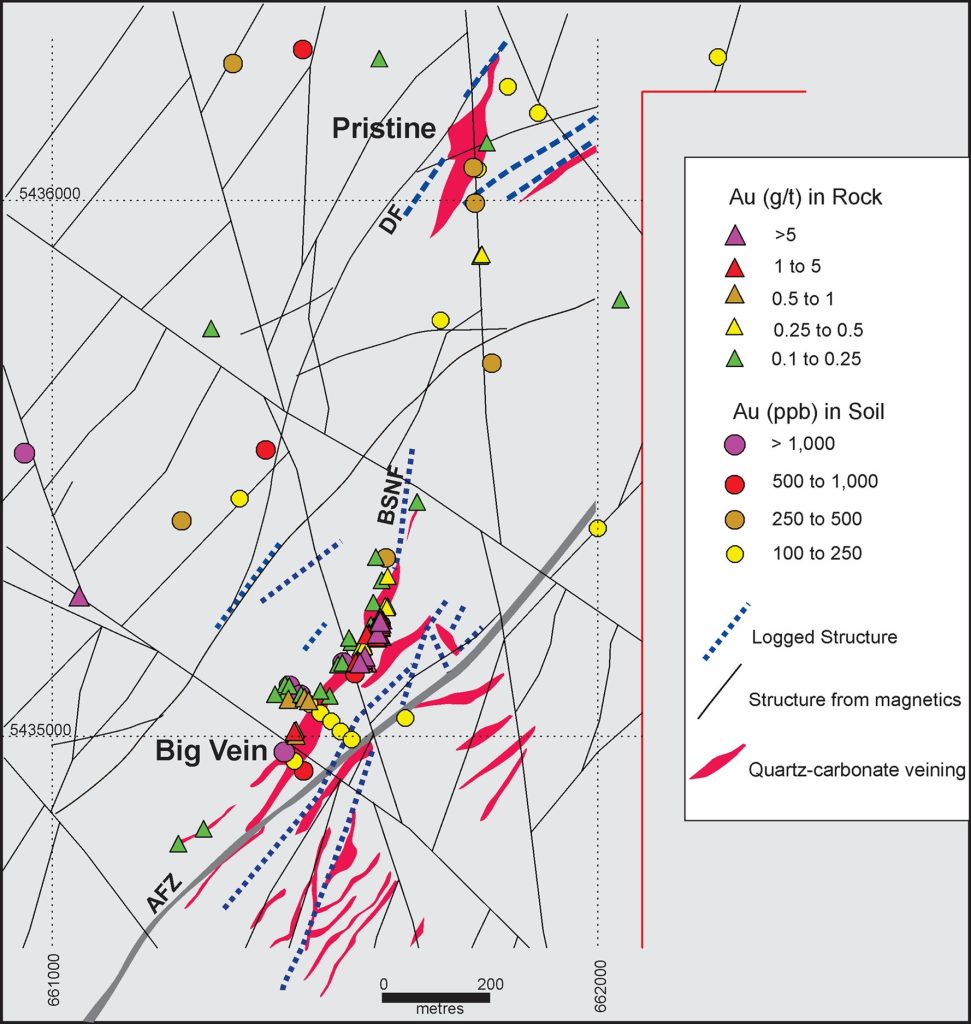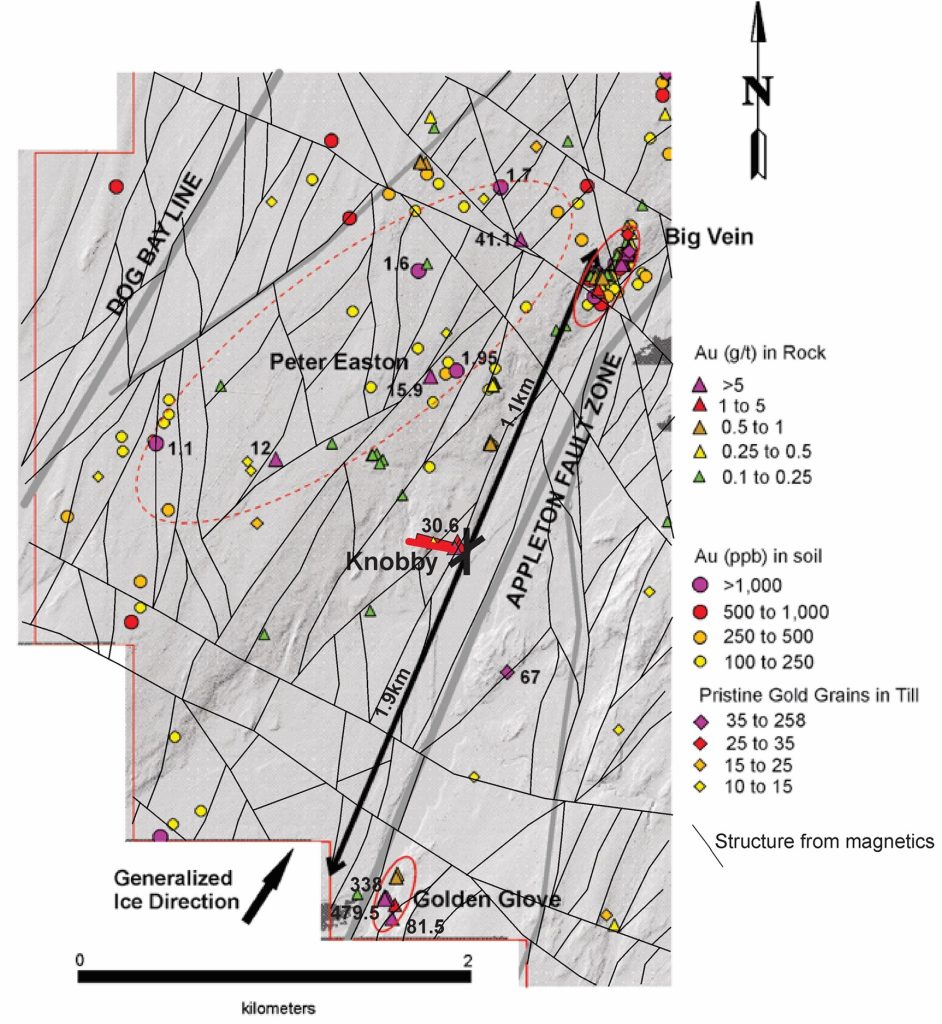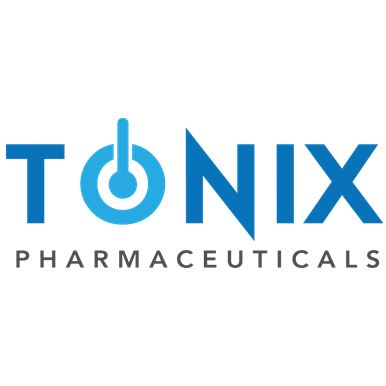Research News and Market Data on TNXP
October 19, 2023 7:00am EDTDownload as PDF
Preclinical Data Demonstrate Attenuation of TNX‐801 (horsepox live virus vaccine) Compared to Modern Vaccinia Vaccines
TNX-801 is in Preclinical Development as a Novel Vaccine to Protect Against Smallpox and Mpox
CHATHAM, N.J., Oct. 19, 2023 (GLOBE NEWSWIRE) — Tonix Pharmaceuticals Holding Corp. (Nasdaq: TNXP), a biopharmaceutical company with marketed products and a pipeline of development candidates, presented data on its horsepox-based live virus vaccine platform in an oral presentation at the World Vaccine Congress Europe being held in Barcelona, Spain, October 16-19, 2023. A copy of the Company’s presentation is available under the Scientific Presentations tab of the Tonix website at www.tonixpharma.com.
“Tonix’s horsepox-based live virus vaccine platform is designed to help protect against emerging infectious diseases by engaging T cell responses, which have the potential to provide durable protection and block forward transmission,” said Seth Lederman, M.D., Chief Executive Officer of Tonix Pharmaceuticals. “In addition, we believe horsepox-based vaccines can be widely deployed without the need for sterile injection or ultra-cold shipping and storage. Our lead vaccine candidate, TNX-8011, is in development to protect against Mpox (monkeypox) and smallpox. Tonix’s TNX-801 is based on the sequence of a natural field isolate.2,3 Molecular analysis suggests that TNX-801 is closer than modern smallpox vaccines to the vaccine discovered and disseminated by Dr. Edward Jenner in 17984-6. Archaic smallpox vaccines based on horsepox were used in the U.S. and Europe to successfully control smallpox in the Nineteenth Century.”4,7-9
The presentation, titled, “A Novel Mpox Vaccine (Horsepox virus) to Enhance Preparedness and Vaccine Equity,” includes recent preclinical data that indicate that the TNX-801 platform is naturally attenuated and potentially safer than the vaccines utilized to eradicate smallpox.
“TNX-801 was found to be up to 100-fold more attenuated than modern vaccinia vaccine viruses in primary human cell lines derived from dermal and respiratory tract cells, which are the two main poxvirus routes of entry and transmission,” said Zeil Rosenberg, M.D., M.P.H., Executive Vice President, Medical. “TNX-801 was also found to be more than 1,000-fold attenuated relative to modern vaccinia vaccine viruses (“VACV”) in an immunocompromised murine model with targeted knock-outs of the IFN- and/or IFN- receptors. In these mice, TNX-801 did not cause any observable clinical disease, and in most measured parameters (disease score, body temperature, weight loss, and survival), the TNX-801 infected mice were indistinguishable from the uninfected mice. Together, these data suggest that TNX-801 potentially should be a safer vaccine in immunocompromised populations than many VACV-based vaccines.”
Dr. Rosenberg added, “A new attenuated live-virus smallpox and Mpox vaccine has the potential to enhance vaccine equity and preparedness in the event of a global emergency.”
About TNX-801
TNX-801 is a live virus vaccine based on horsepox2,3. Tonix is developing TNX-801 for percutaneous administration as a vaccine to protect against Mpox and smallpox. Tonix’s TNX-801 is based on the sequence of the 1976 natural isolate Mongolian horsepox clone MNR-76.2,3 Molecular analysis of DNA sequences suggests that TNX-801 is closer than modern smallpox vaccines to the vaccine discovered and disseminated by Dr. Edward Jenner in 17984-6. For example, recent studies7,8 have shown approximately 99.7% colinear identity between TNX-801 and the circa 1860 U.S. smallpox vaccine VK05.9 The small plaque size in the culture of TNX-801 appears identical to the U.S. Centers for Disease Control publication of the natural isolate10. Relative to vaccinia, horsepox has substantially decreased virulence in mice2. Dr. Edward Jenner invented vaccination in 1798 and the procedure was called “vaccination” because ‘cow’ is ‘vacca’ in Latin and the inoculum material was initially obtained from lesions on the udders of cows affected by a mild disease known as cowpox. However, Dr. Jenner suspected that cowpox originated from horses6. Subsequently, Dr. Jenner and others immunized against smallpox using material directly obtained from horses. The use of vaccines from horses was sometimes called ‘equination’ from the Latin ‘equus’ which means ‘horse’11. Equination and vaccination were practiced side-by-side in Europe11,12. Tonix received an official written response from a Type B pre-Investigational New Drug Application (IND) meeting with the U.S. Food and Drug Administration (FDA) to develop TNX-801 as a potential vaccine to protect against Mpox disease and smallpox. Tonix believes the FDA feedback provides a path to agreement on the design of a Phase 1/2 study and the overall clinical development plan. The Phase 1/2 clinical trial will assess the safety, tolerability, and immunogenicity of TNX-801, following the submission and clearance of an IND.
About the Recombinant Pox Virus (RPV) Platform
Horsepox virus and vaccines based on its use as a vector are live replicating viruses that elicit strong immune responses. Live replicating orthopoxviruses, like vaccinia or horsepox, can be engineered to express foreign genes and have been exploited as platforms for vaccine development because they possess; (1) large packaging capacity for exogenous DNA inserts, (2) precise virus-specific control of exogenous gene insert expression, (3) lack of persistence or genomic integration in the host, (4) strong immunogenicity as a vaccine, (5) ability to rapidly generate vector/insert constructs, (6) manufacturable at scale, and (7) ability to provide direct antigen presentation. Horsepox-based vaccines are designed to be single-dose, vial-sparing vaccines, that can be manufactured using conventional cell culture systems, with the potential for mass-scale production and packaging in multi-dose vials. Tonix’s TNX-801 and RPV vaccine candidates are administered percutaneously using a two-pronged, or “bifurcated” needle, and are amendable to microneedle technology. The major cutaneous reaction or “take” to the vaccinia vaccine was described by Dr. Edward Jenner in 1796 and has been used since then as a biomarker for protective immunity to smallpox, including in the World Health Organization’s (WHO) accelerated smallpox eradication program that successfully eradicated smallpox in the 1960’s. The “take” is a measure of functional T cell immunity validated by the eradication of smallpox, a respiratory-transmitted disease caused by variola.
About Mpox and Smallpox
Mpox13 and smallpox14 are diseases in humans caused by the Mpox and smallpox (or variola) viruses, respectively. Mpox and variola are closely related orthopox viruses. Vaccination against smallpox with live virus vaccines based on horsepox or vaccinia protects against Mpox. After routine smallpox vaccination was stopped in about 1970, Mpox has become a growing problem in Africa. Since May of 2022, approximately 30,000 cases have been identified in the United States15,16. There are two distinct clades of the Mpox virus: the central African (Congo Basin) clade, and the West African clade which is associated with the recent outbreak. Historically, the Congo Basin clade has caused more severe disease than the West African clade. In recent times, the case fatality ratio for the virus is about 3–6%17. In November 2022, the WHO began using a new preferred term “Mpox” as a synonym for monkeypox18. Smallpox is considered eradicated, but there are concerns about malicious reintroduction.
Tonix Pharmaceuticals Holding Corp.
Tonix is a biopharmaceutical company focused on commercializing, developing, discovering and licensing therapeutics to treat and prevent human disease and alleviate suffering. Tonix Medicines, our commercial subsidiary, markets Zembrace® SymTouch® (sumatriptan injection) 3 mg and Tosymra® (sumatriptan nasal spray) 10 mg under a transition services agreement with Upsher-Smith Laboratories, LLC from whom the products were acquired on June 30, 2023. Zembrace SymTouch and Tosymra are each indicated for the treatment of acute migraine with or without aura in adults. Tonix’s development portfolio19 is composed of central nervous system (CNS), rare disease, immunology, and infectious disease product candidates. Tonix’s CNS development portfolio includes both small molecules and biologics to treat pain, neurologic, psychiatric, and addiction conditions. Tonix’s lead development CNS candidate, TNX-102 SL (cyclobenzaprine HCl sublingual tablet), is in mid-Phase 3 development for the management of fibromyalgia, having completed enrollment of a potentially confirmatory Phase 3 study in the third quarter of 2023, with topline data expected in late December 2023. TNX-102 SL is also being developed to treat fibromyalgia-type Long COVID, a chronic post-acute COVID-19 condition. Enrollment in a Phase 2 proof-of-concept study has been completed, and topline results were reported in the third quarter of 2023. TNX-601 ER (tianeptine hemioxalate extended-release tablets) is a once-daily oral formulation being developed as a treatment for major depressive disorder (MDD), that completed enrollment in a Phase 2 proof-of-concept study in the third quarter of 2023, with topline results expected in early November of 2023. TNX-4300 (estianeptine) is a single isomer version of TNX-601, a small molecule oral therapeutic in preclinical development to treat MDD, Alzheimer’s disease, and Parkinson’s disease. Relative to tianeptine, estianeptine lacks activity on the µ-opioid receptor while maintaining activity in the rat Novel Object Recognition test in vivo and the ability to activate PPAR-β/δ and neuroplasticity in tissue culture. TNX-1900 (intranasal potentiated oxytocin), is in development for preventing headaches in chronic migraine, and has completed enrollment in a Phase 2 proof-of-concept study with topline data expected in early December 2023. TNX-1900 is also being studied in binge eating disorder, pediatric obesity, and social anxiety disorder by academic collaborators under investigator-initiated INDs. TNX-1300 (cocaine esterase) is a biologic designed to treat cocaine intoxication and has been granted Breakthrough Therapy designation by the FDA. A Phase 2 study of TNX-1300 is expected to be initiated in the fourth quarter of 2023. Tonix’s rare disease development portfolio includes TNX-2900 (intranasal potentiated oxytocin) for the treatment of Prader-Willi syndrome. TNX-2900 has been granted Orphan Drug designation by the FDA. Tonix’s immunology development portfolio includes biologics to address organ transplant rejection, autoimmunity and cancer, including TNX-1500, which is a humanized monoclonal antibody targeting CD40-ligand (CD40L or CD154) being developed for the prevention of allograft rejection and for the treatment of autoimmune diseases. A Phase 1 study of TNX-1500 was initiated in the third quarter of 2023. Tonix’s infectious disease pipeline includes TNX-801, a vaccine in development to prevent smallpox and Mpox. TNX-801 also serves as the live virus vaccine platform or recombinant pox vaccine platform for other infectious diseases. The infectious disease development portfolio also includes TNX-3900 and TNX-4000, which are classes of broad-spectrum small-molecule oral antivirals.
Zembrace SymTouch and Tosymra are registered trademarks of Tonix Medicines. Intravail is a registered trademark of Aegis Therapeutics, LLC, a wholly-owned subsidiary of Neurelis, Inc. All other marks are the property of their respective owners.
This press release and further information about Tonix can be found at www.tonixpharma.com.
1TNX-801 is an investigational new drug and has not been approved for any indication.
2Noyce RS, et al. (2018) PLoS One. 13(1):e0188453
3Tulman ER, et al. (2006) J Virol. 80(18):9244-58.PMID:16940536
4Schrick L et al. (2017) N Engl J Med. 377:1491.
5Qin et al. (2015) J. Virol. 89:1809.
6Jenner E. “An Inquiry Into the Causes and Effects of the Variolae Vaccinae: A Disease Discovered in Some of the Western Counties of England, Particularly Gloucestershire, and Known by the Name of the Cow Pox.” London: Sampson Low, 1798.
7Brinkmann A et al, Genome Biology (2020) 21:286.
8Duggan A et al. Genome Biology (2020) 21:175.
9Tonix press release. Dec 4, 2020 https://ir.tonixpharma.com/news-events/press-releases/detail/1236/vaccine-genome-researchers-report-99-7-colinear-identity
10Trindale GS et al. (2016) Viruses (12). Pii: E328. PMID:27973399
11Esparza E, et al (2017) Vaccine. 35(52):7222-7230.
12Esparza J et al. (2020) Vaccine.; 38(30):4773-4779.
13www.cdc.gov/poxvirus/monkeypox/about.html
14www.cdc.gov/smallpox/research/
15Mandavilli, A. The New York Times. May 26, 2020. “Who is protected against monkeypox”
16www.cdc.gov/poxvirus/monkeypox/response/2022/us-map.html – Accessed October 18, 2023
17https://www.who.int/news-room/fact-sheets/detail/monkeypox#:~:text=There%20are%20two%20distinct%20genetic,thought%20to%20be%20more%20transmissible – Accessed October 18, 2023
18https://www.who.int/news/item/28-11-2022-who-recommends-new-name-for-monkeypox-disease – Accessed October 18, 2023
19Tonix’s product candidates in development are investigational new drugs and have not been approved for any indication
Forward Looking Statements
Certain statements in this press release are forward-looking within the meaning of the Private Securities Litigation Reform Act of 1995. These statements may be identified by the use of forward-looking words such as “anticipate,” “believe,” “forecast,” “estimate,” “expect,” and “intend,” among others. These forward-looking statements are based on Tonix’s current expectations and actual results could differ materially. There are a number of factors that could cause actual events to differ materially from those indicated by such forward-looking statements. These factors include, but are not limited to, risks related to the failure to obtain FDA clearances or approvals and noncompliance with FDA regulations; delays and uncertainties caused by the global COVID-19 pandemic; risks related to the timing and progress of clinical development of our product candidates; our need for additional financing; uncertainties of patent protection and litigation; uncertainties of government or third party payor reimbursement; limited research and development efforts and dependence upon third parties; and substantial competition. As with any pharmaceutical under development, there are significant risks in the development, regulatory approval and commercialization of new products. Tonix does not undertake an obligation to update or revise any forward-looking statement. Investors should read the risk factors set forth in the Annual Report on Form 10-K for the year ended December 31, 2022, as filed with the Securities and Exchange Commission (the “SEC”) on March 13, 2023, and periodic reports filed with the SEC on or after the date thereof. All of Tonix’s forward-looking statements are expressly qualified by all such risk factors and other cautionary statements. The information set forth herein speaks only as of the date thereof.
Investor Contact
Jessica Morris
Tonix Pharmaceuticals
investor.relations@tonixpharma.com
(862) 904-8182
Peter Vozzo
ICR Westwicke
peter.vozzo@westwicke.com
(443) 213-0505
Media Contact
Ben Shannon
ICR Westwicke
ben.shannon@westwicke.com
(919) 360-3039
Source: Tonix Pharmaceuticals Holding Corp.
Released October 19, 2023


